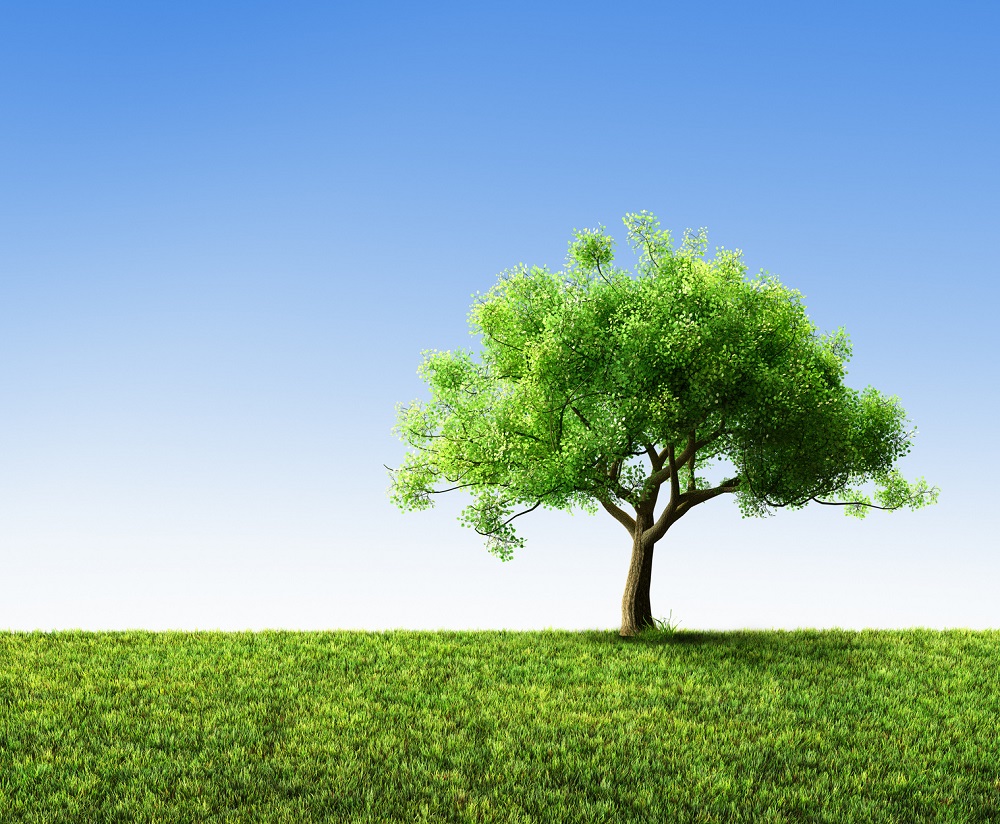A Middle East-based Indian expatriate businessman has come out with a test-proven solution for utilizing flood rain water by successfully draining water back underground, but wants intensive study to take this up on a large scale through advanced technology.
The businessman-technocrat and his family of agriculturists, along with scores of other agriculturists, tested the innovative solution over a period of time in his native Karnal district in the northern Indian state of Haryana, about 120 kilometres from Delhi, once the birthplace of the Green Revolution. Over the years, the district’s water and soil had been destroyed considerably.
“In our village, practically all landlords have utilized their dry well for draining excess rain water as they have re-bored tube wells at new areas. This has saved crops from getting damaged with excess water during the rainy season. It also improved the underground water level with excess water getting in the tube wells,” said O P Malik, Director of Five Ocean Ship Repairing and Marine Services, which is based in Sharjah in the UAE.
He recalled: “The water level for the tube wells in our village was going down and our tube well was not pumping water and almost became dry. I was informed that we have to re-bore tube well deep by another 100 feet to meet our demand. I studied the situation and asked them to relocate at different place and keep the previous bore intact to drain out the water whenever there is flood-like situation by capping the pipe about six inches below the land level.”
The following year, the district witnessed heavy rains, making practically all paddy fields deeply flooded. The cap was ordered to be opened and a suitable mesh filter was used to avoid mud going inside and draining the water back underground. Soon, others in the village immediately converted the dried tube well into drain well. It is our misfortune that we can’t store the rain waters in our underground soil and make use whenever required. It will also avoid colossal damage due to floods as excess water will be drained to underground areas.
Malik says the rain water could be exported to the Arabian Gulf countries through tankers which come for loading crude oil. “It is our misfortune that we can’t store the rain water in our ground soil which is feasible with present advanced technology and make use whenever required,” he added.
The businessman argued: “If we have excess water, it can be exported to Arabian Gulf countries. India is one of biggest importer of crude oil from the Arabian Gulf countries and tankers which come to load bring sea water as ballast and pump to sea prior to loading. The tankers can bring fresh water from India as ballast and pump to the water storage tanks whichever port they are loading crude. This fresh water will add up to the Arabian Gulf countries requirements and overcome their scarcity of fresh water.”
The Arabian Gulf is one of the driest parts of the world. The scarcity of renewable water resources and the growing discrepancy between demand and supply of water is a major challenge. Water scarcity is further worsened by rapidly growing demands. All the countries in the region are situated in arid and extremely arid zones. The region’s water resources are only about 1.1 per cent of the world’s total renewable water resources. The groundwater in the shallow aquifers is the only renewable water sources for the Arabian Peninsula region.
A study says if region’s current population growth levels, water management approach, water use practices and patterns continue, the annual water demand may reach more than 50 billion cubic metre (BCM) by the year 2030. With one-third of agriculture activities in India still depending on groundwater for irrigation, the country’s cultivated land is shrinking due to depleting ground water levels and extreme weather conditions, according to NITI Aayog which is conducting a study on land and water usage in agriculture sector.
India uses two to four times more water to produce a unit of major food crop than China and Brazil. About 33.12 per cent Indian farmers use groundwater for irrigation. About 73 million hectares out of a net sown area of 141 million hectares are unirrigated and rainfall dependent. About 50 per cent of the country or about 600 million people face high to extreme water stress. The water requirement by 2050 in high use scenario is likely to be a milder 1,180 billion cubic metres, whereas the present-day availability is 695 billion cubic metres.



